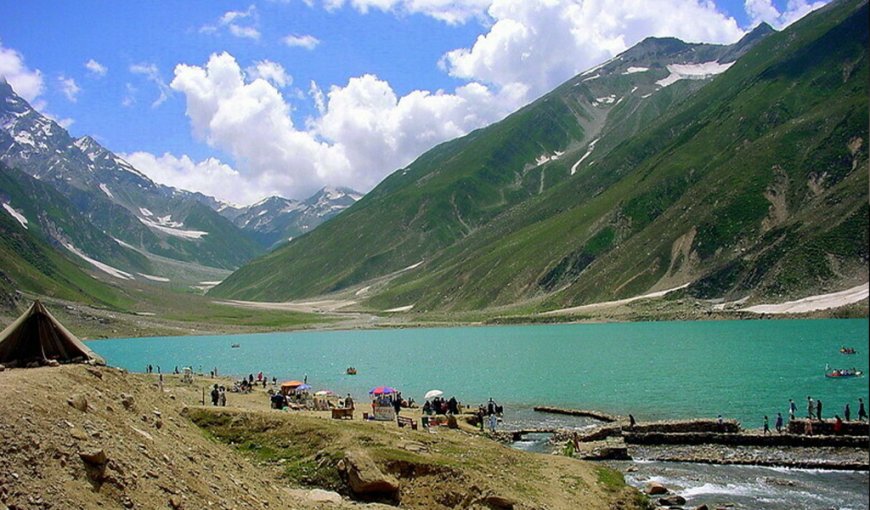Pakistan Ranked 101st Out of 119 in WEF’s Travel and Tourism Development Index
Within the Middle East, United Arab Emirates came in at 18th, Saudi Arabia at 41st, Qatar at 53rd and Bahrain at 58th place. UAE topped the rankings in the MENA region.

Islamabad: Pakistan was positioned a lowly 101st out of 119 countries in the Travel and Tourism Development Index published recently by the World Economic Forum (WEF). Region-wise, only Bangladesh was below Pakistan in Asia-Pacific.
The index measured the set of factors and policies that enable sustainable and resilient development of the travel and tourism sector (T&T), which in turn contributes to the development of a country.
The index was compiled in collaboration with the University of Surrey with the help of experts from the T&T industry.
The United States topped the overall list followed by Spain, Japan and France.
Australia, Germany, United Kingdom, China, Italy and Switzerland rounded off the top 10.

The report attributed their high ranking to advantages ranging from favourable business environments and open travel policies to well-developed transport, tourism and ICT infrastructure and natural, cultural and non-leisure attractions.

The top 30 TTDI scorers accounted for over 75% of T&T industry GDP in 2022 and 70% of GDP growth between 2020 and 2022, added the report.
Tajikistan came in at 99, while a swarth of African countries made up the bottom of the list – Côte d’Ivoire, Malawi, Angola, Cameroon, Sierra Leone and Mali ranked 114 through 119, respectively.
Karachi ranked 918th out of 1,000 in Oxford Economics’ Global Cities Index
The index surmised that the global T&T sector is on track to move past the COVID-19 pandemic lows and even exceed the pre-pandemic highs.
Global tourism growth is expected to be “reinforced by the continued satisfaction of pent-up demand and growth in major Asian markets,” added the report.
The report contended that Europe and Asia-Pacific regions and high-income economies in particular generally offer more favourable environments for T&T development.
However, the report also outlined some of the challenges facing the T&T sector.
Macroeconomic, geopolitical and environmental factors such as high rates of global inflation and interest rates, conflicts in Europe and the Middle East and wildfires in destinations such as Greece have generated additional pressure on the sector.
In the coming years, it foresees the impact of climate change, geopolitical tensions, macroeconomic uncertainty and the application of new digital technologies such as artificial intelligence (AI) represent just some of the challenges facing T&T and the broader global community.
Pakistan’s ranking
Pakistan has improved three places since 2019, but the change is not nearly enough for the debt-ridden economy that has to rely on expensive borrowing to keep its foreign exchange reserves at a respectable position.
Its central bank-held reserves currently stand at $9.16 billion, less than two months of import cover, and authorities in Islamabad are keen to finalise a longer, larger bailout with the International Monetary Fund (IMF) to maintain economic stability.
However, many experts point out that tourism can be a foreign exchange earner for the country as its mountain peaks and historical sites can be major attractions for tourists.








